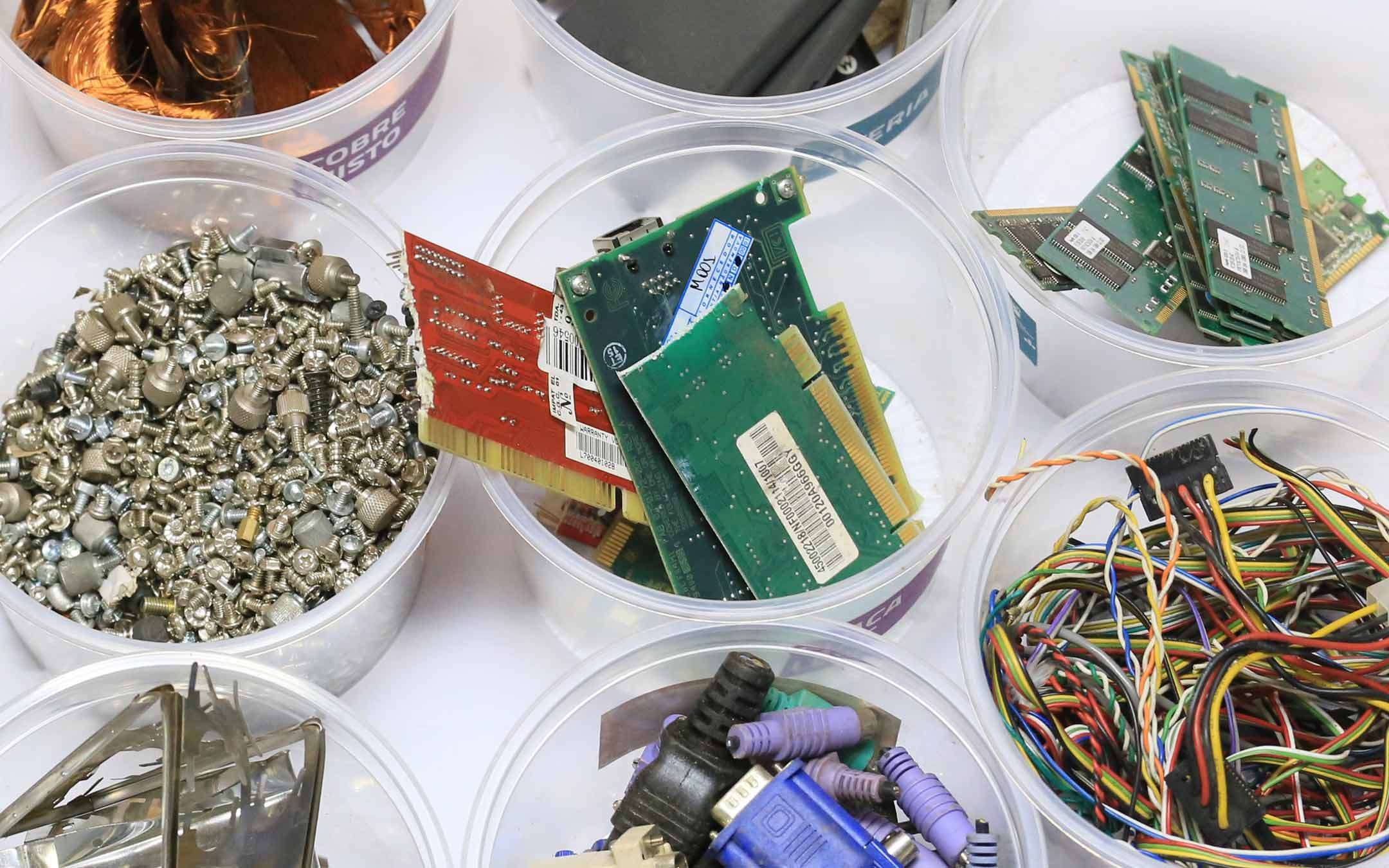Electronic waste: never as many as in 2019

Global E-waste Monitor 2020: this is not the case
According to the study, in 2019 the negative record was recorded: 53.6 millions of tons of telephones, computers, appliances, electronic devices and other gadgets. To make a comparison, it is more than the total weight of the entire adult European population. Only 17% was destined for a process of recycling and recovery of materials, the rest ended up in landfills or in incineration plants with the well-known consequences in terms of environmental and social impact.as far as one might think, the authors of the report are not optimistic about the future. The prediction is that by 2030 the volume of e-waste will double compared to that recorded in 2014. The dynamic is tied in tandem with a general improvement in the conditions of the middle class on a global level: those who until now have not been able to afford the the purchase of a device will probably be able to deal with it later, also thanks to a lowering of the average price for the most common categories.
The damage is and will also be economic. In just twelve months, traces of 50 tons of mercury and materials such as gold, copper, iron and other minerals have been lost for a value estimated at $ 57 billion.
the Main culprits are small devices such as cameras, toys, toasters and shavers, which account for 32% of the quota. Kitchen appliances, and copiers, account for another 24%. The list continues with screens (monitor included), smartphones, and photovoltaic panels . This last type of waste may represent up to a growing problem in the future when, due to the introduction of more efficient technologies, the owners will begin to supplant those presently installed on the roofs of the houses.
geographically, Asia is the continent that has produced more e-waste by 2019. All Europe is, instead, assigned the unenviable primacy per capita, but also the greater the effectiveness of the systems in place for collection and recycling.
Source: Global E-waste Statistics Partnership